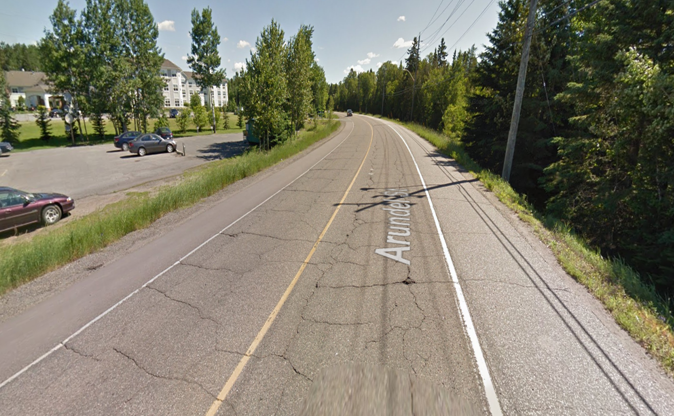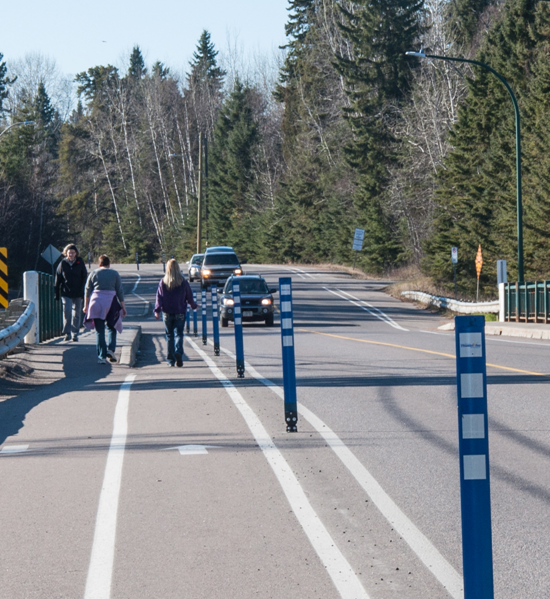The City of Thunder Bay is situated in Thunder Bay District on Lake Superior. Thunder Bay is the second largest community in Northern Ontario after Greater Sudbury. It is a major economic hub in Northern Ontario and according to the Growth Plan for Northern Ontario Thunder Bay is a Strategic Core Area (policy 4.4) meaning it must function as a “vibrant, walkable district” and support the development of “integrated public transportation systems” (GPNO, 2011).
Thunder Bay was included as a case study in TCAT’s Complete Streets Gap Analysis (2012) and in a backgrounder on Rural Complete Streets (2016).


